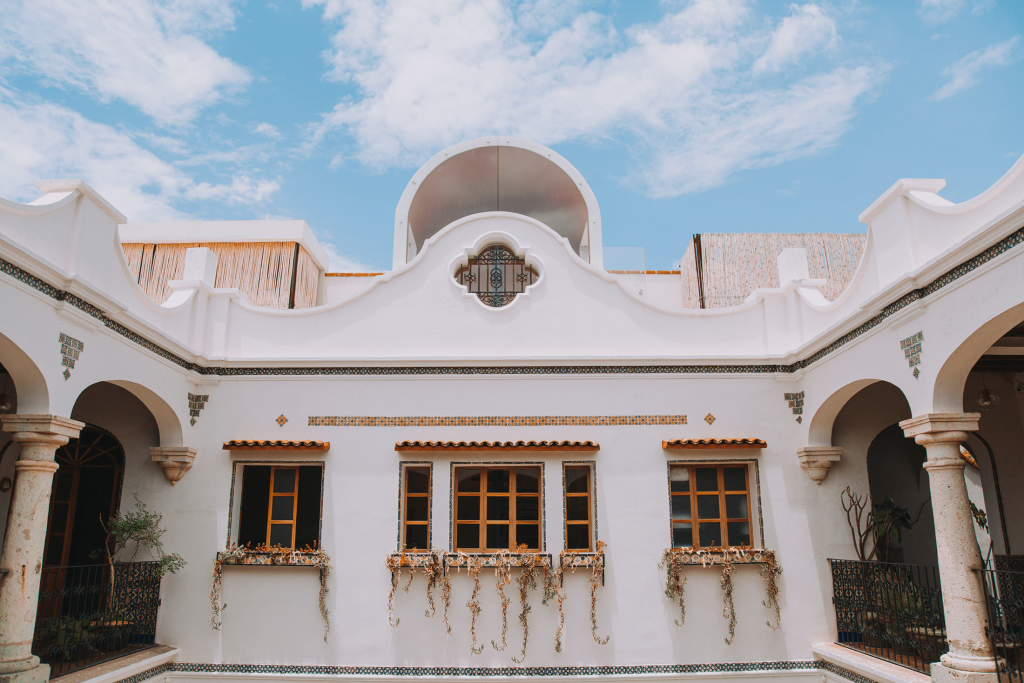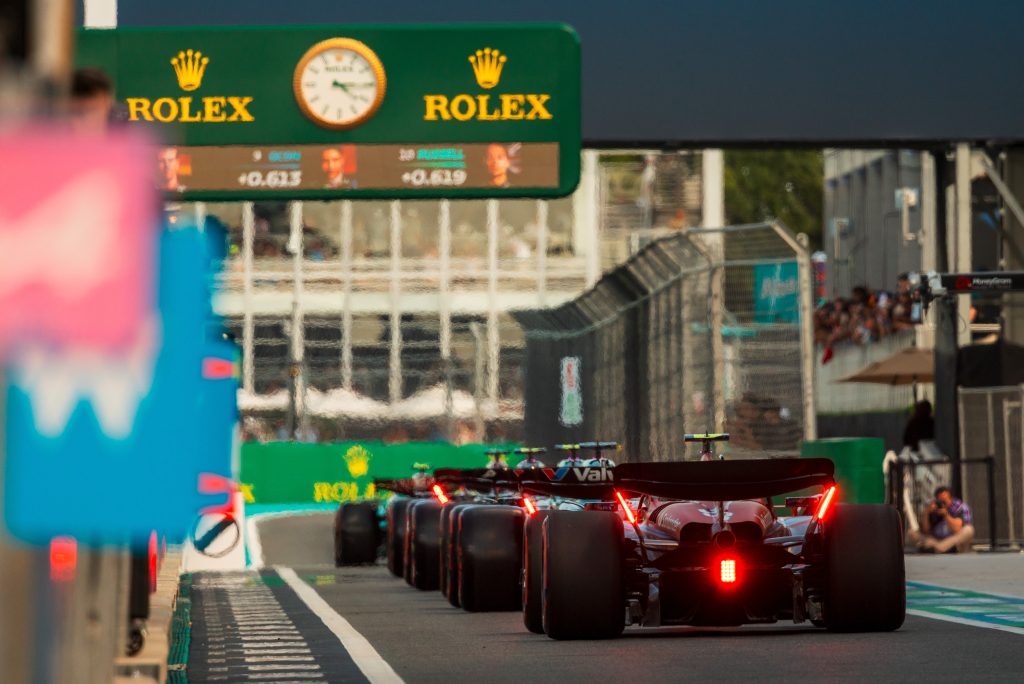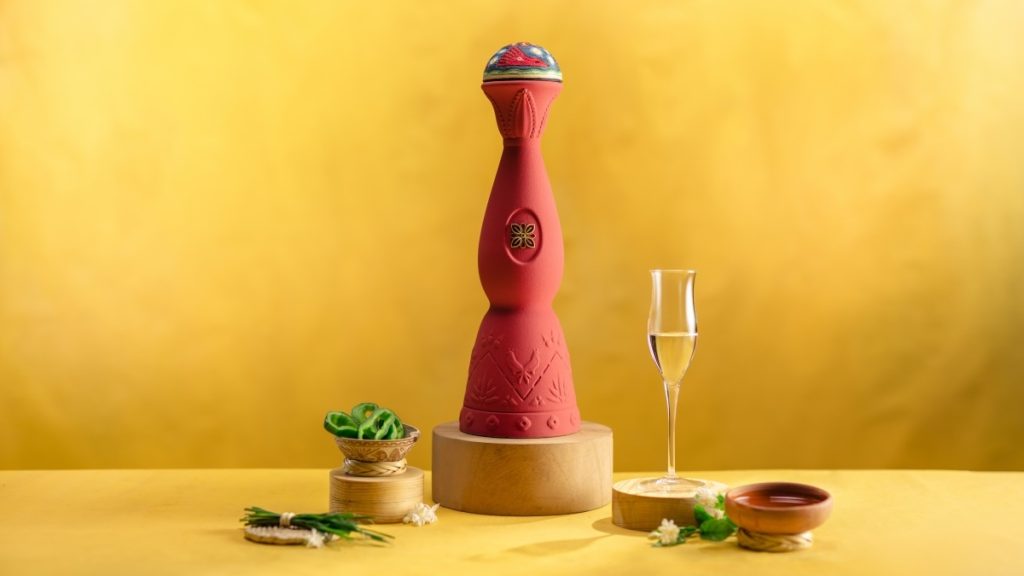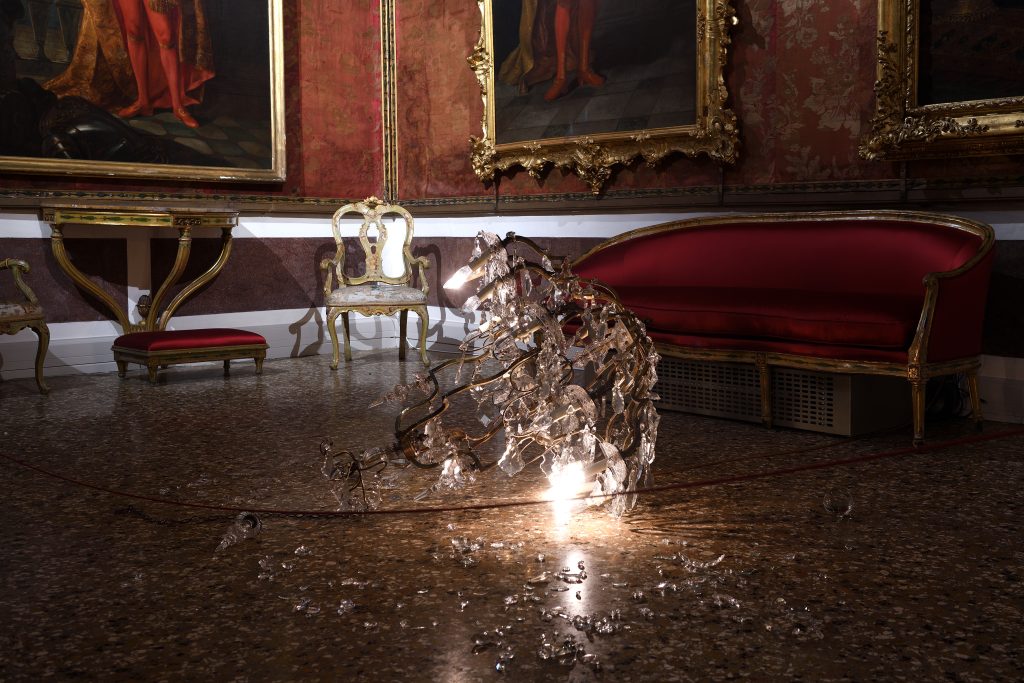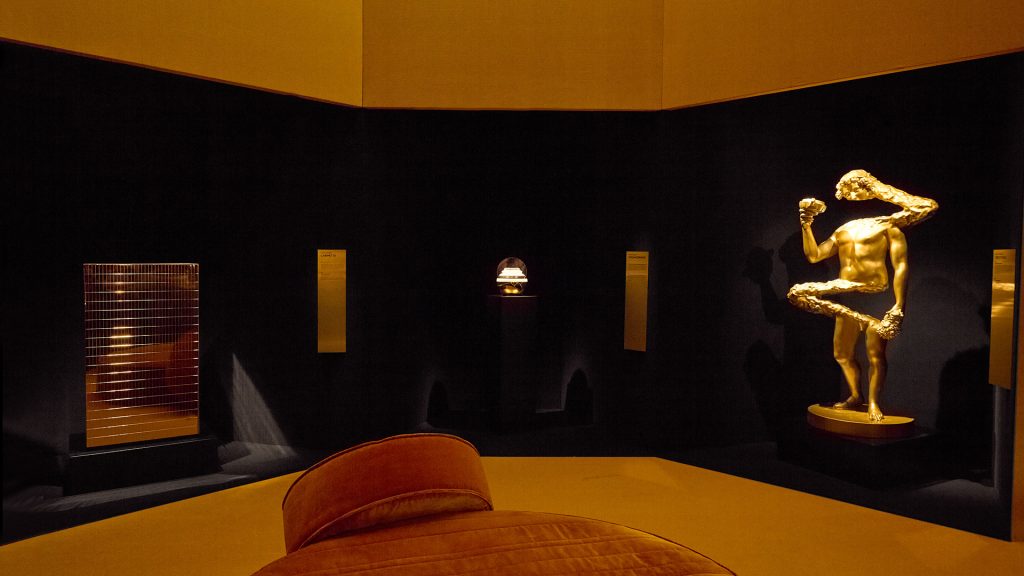Word of Mouth: Oaxaca City, Mexico
From bustling marketplaces to mezcalerias and tranquil hotels, our favorite places in this city of dichotomies

Mexico‘s southern state of Oaxaca encourages all who visit to indulge in its variety: within its borders thrives an array of climates and over a dozen indigenous cultures. This serendipitous formula produces some of the country’s most admired culinary assets and exports, mole and mezcal, as well as traditional craftsmanship revered the world over, including Tlahuitoltepec textiles and ancient barro negro ceramics. The region’s treasured commodities unite in its capital city of the same name, a swarming vortex of sights, sounds and, perhaps most rewarding of all, flavors that simultaneously compete for your attention—and welcomingly so. These are just a few of Oaxaca City’s most impressive sights, bites, and resting spots.
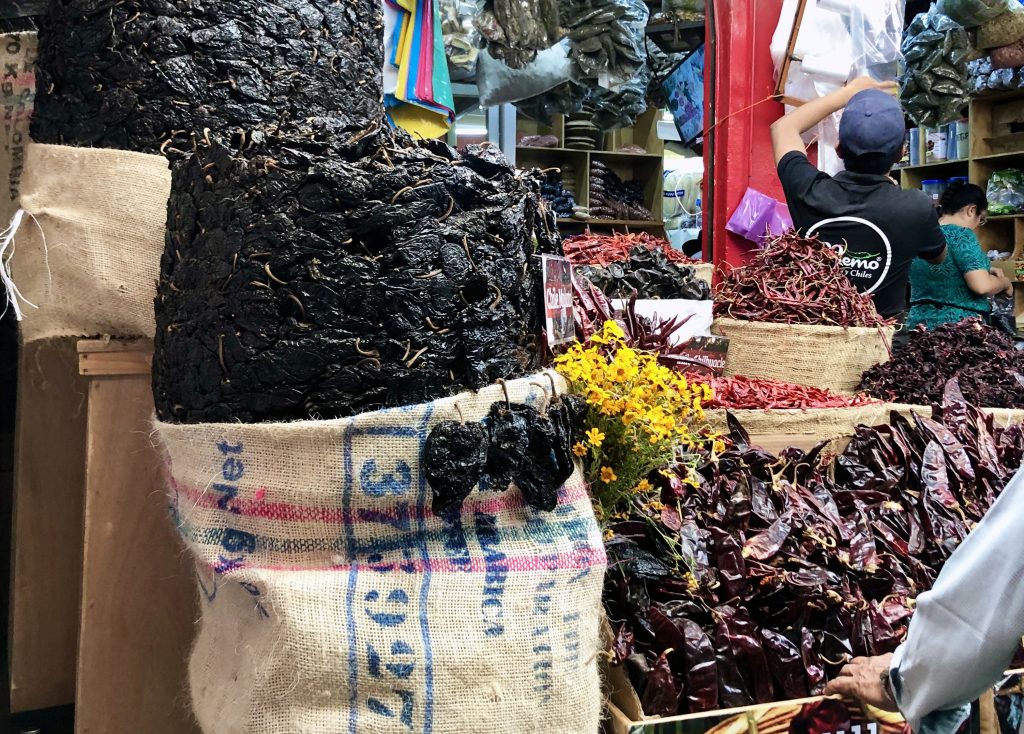
Central de Abastos
Locals’ ability to find their way through the maze that is the Central de Abastos Market proves astounding. For visitors, we suggest tapping “Oaxacking” Omar Alonso for his all-day gastronomy walking tour through towers of dried chiles, tubs of chocolate, and mounds of mole, and onward to several women-owned food stalls that serve Oaxaca’s most iconic dishes. Look forward to tlayuda, a charred corn mezzaluna stuffed with herbal hoja santa leaf, zucchini flowers and stringy quesillo; stewed goat barbacoa wrapped in warm tortillas; and pulque, a kombucha-like drink made from agave. Ceramics, baskets, and textiles can be purchased along the way.

Pitiona
Chef José Manuel Baños hails from Oaxaca, and has returned home after stints at notable, Michelin-starred kitchens to open Pitiona. An ode to rustic Oaxaqueño flavors, the elevated eatery is housed in a grand colonial mansion in the heart of downtown. Before diving into the food, prime your palate with a mezcal sipper on the rooftop terrace that overlooks the 16th-century Santo Domingo Cathedral. The restaurant, named after a local herb, highlights the state’s culinary diversity with Pacific-caught mariscos, complex countryside moles, and abundant fruit of the Central Valley. Order the tender boiled “12 leg” octopus, the catch of the day with Baños signature green mole, and of course, a round of bone marrow or pork terrine tacos.

Hotel El Callejón
Boutique hotel El Callejón might have only recently opened, but it’s a pleasant representation of old-meets-new in the calm Xochimilco neighborhood. Case in point: the subtle fusion between traditional adobe and wood architecture (some walls have mini-mosaics comprised of broken ceramic fragments) and modern materials like exposed brick and concrete. Its dozen rooms—including a two-bedroom family suite—are nicely appointed with sturdy, minimalist furnishings and artisanal handicrafts like fantastical alebrijes carvings. Each room’s privacy is ensured thanks to the shaded paths that wind through the central courtyard, where breakfast is served each morning.

La Calera
Built in 1952, this old lime-processing factory was eventually converted into La Calera, an impressive arts venue refurbished with the help of local painter Guillermo Olguin. The main complex boasts rusted cogwheels and roof-piercing smokestacks that nod to its industrial past, serving as a desirable setting for private events, performances, and rotating art exhibits. A dozen stylish lofts (available to book on Airbnb) are also scattered around the compound, united by dry-lush, industrial-themed common areas. It’s a quiet, tranquil location outside the bustling historic district, which can be reached within 10 minutes by taxi.
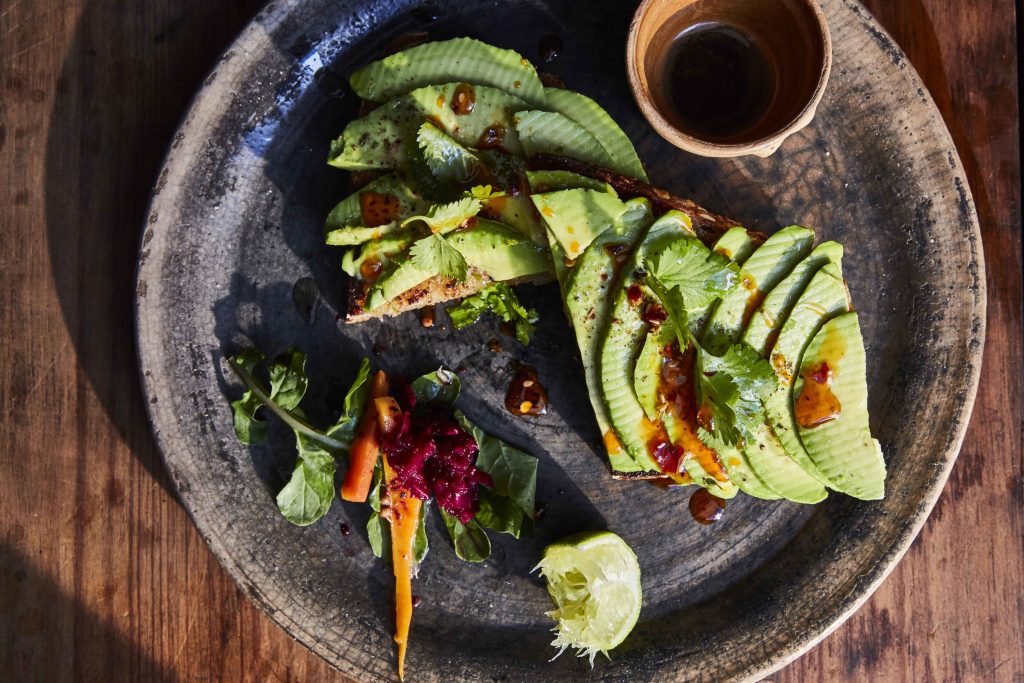
Boulenc
When you’re ready to take a pause from the onslaught of corn, get your hands on Boulenc‘s “masa madre,” the natural whole-grain sourdough breads made by hand at this European-style bakery. Enjoy them in the morning as breakfast molettes (melty toast with beans and menonita cheese), in the afternoon as a tres quesos sando, or take a pizza pivot in the evening with an eggplant and smoked cheese pie. The sweet pastries aren’t to be missed: expertly executed Scandinavian confections like cardamom rolls and seasonal fruit danishes make solid appearances.
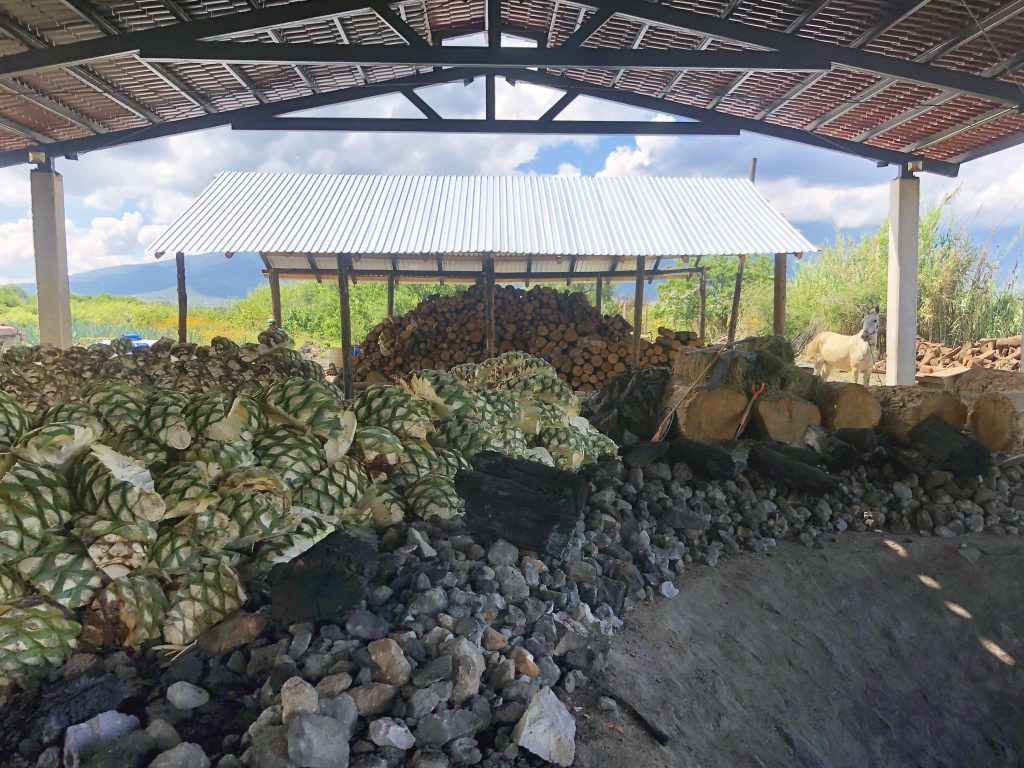
Palenque de Montelobos
On a global scale, Montelobos is one of mezcal’s most recognizable brands. Its sprawling, certified organic palenque (or distillery) sits right in the shadow of the Cerro Montelobos—aka Mountain of Wolves. The operation is the vision of Iván Saldaña, whose PhD in biochemistry and physiology informs his commitment to sustainable mezcal production. (He’s arguably the world’s foremost authority on agave science.) Saldaña also masterminded transforming a liqueur recipe from the 1920s into Ancho Reyes, the chili-based secret ingredient in many spicy cocktails. The property is blanketed in rows of ultra-tall agave plants, and a tour through the palenque, where the agave plants head to after being cut down, reveals the preservation of an all-traditional production circuit, from the roasting pits for the agave chile to the stone grinding wheels pulled by horses and open-air wood fermentation vats. One can taste a noticeable difference.
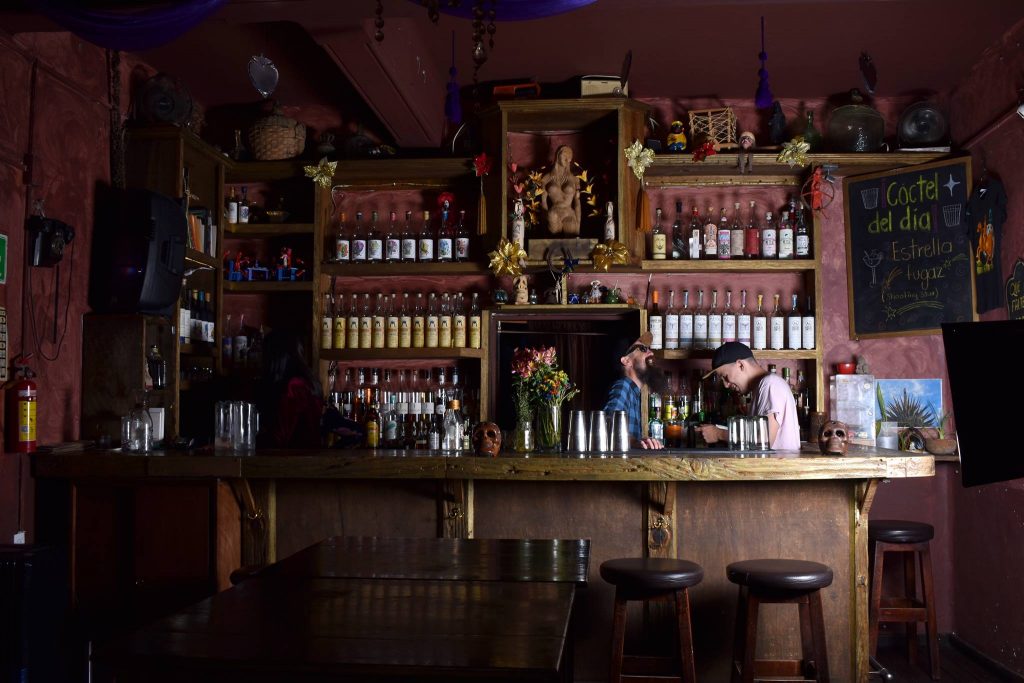
Mezcalogia
Downtown Oaxaca is filled with mezcalerias, bottle shops and tasting bars that uniquely curate their own selections of mezcal. Many also produce their own brands, which are always worth a try. Mezcalogia is fun, compact and quirky. Its main bar—which is decorated with neon alebrijes dolls and other tchotchkes—is typically packed with groups whose mission it is to try every craft cocktail on the menu. It is also a ripe opportunity to sample Tierra Ahumada, a local craft Porter with pleasant notes of chocolate and caramel, and a subtle smokiness—a trio of characteristics shared by many of the region’s intricate mole recipes.
Hero image courtesy of Pitiona
